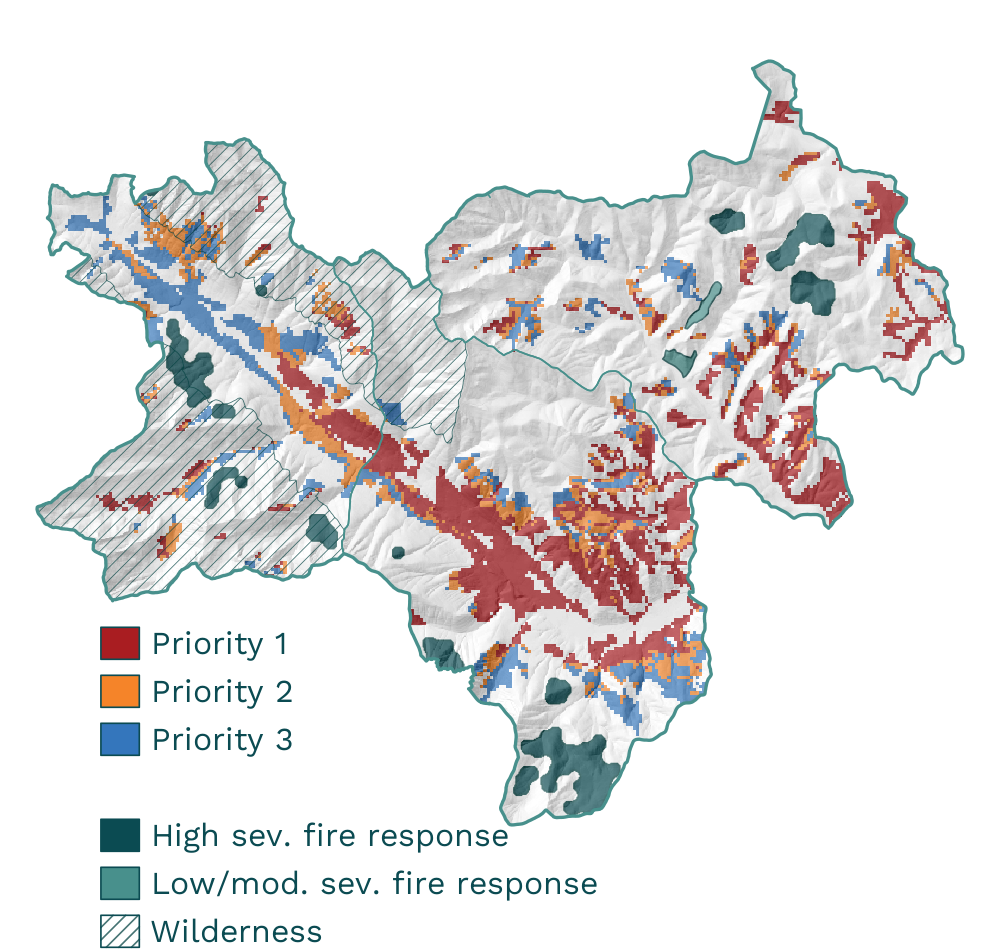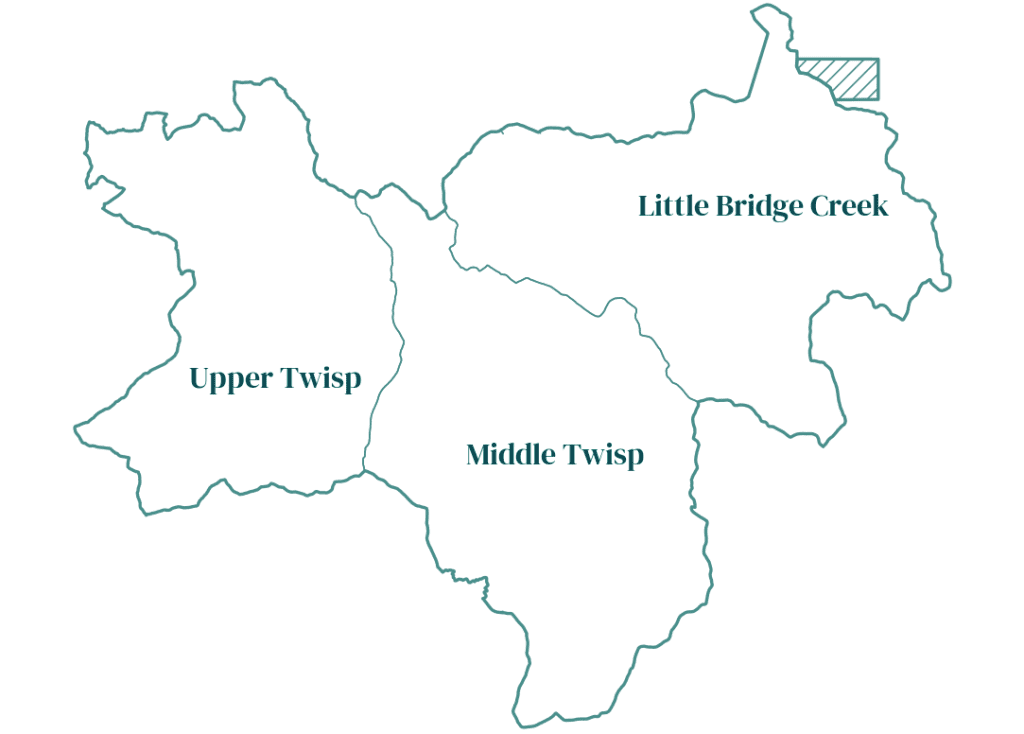The Methow Valley just might be the best-loved recreation destination on the east side of Washington’s Cascades. In the summer, the Methow offers hiking, mountain biking, equestrian trail riding, wilderness backpacking, and adventurous rock climbing, while wintertime brings endless cross-country skiing and, for those willing to earn their turns, some backcountry skiing as well. The Methow is also one of the most fire-prone areas in the state. The valley experienced two of the largest fires in Washington’s history in back-to-back years (the 2014 Carlton complex at 250,000 acres followed by the 2015 Okanogan complex at 300,000 acres) and is rated among the highest priority watersheds for restoration in the Department of Natural Resources’ 20-Year Forest Health Strategic Plan.
With all the love from the recreating public, it’s no surprise that land management in the valley can be controversial. The US Forest Service’s Methow Valley Ranger District has the challenge of balancing many high-priority forest management needs while also serving the local community and out-of-town visitors, who are sometimes uncomfortable seeing changes in their beloved valley. While most stakeholders agree on the need to thin out overly-dense patches of forest to reduce wildfire risks, many are a little bit suspicious of commercial logging as an implementation tool.
Enter: science. In 2012, the Okanogan-Wenatchee National Forest (which includes the Methow Valley) published its Restoration Strategy, a science-based plan for developing restoration projects with the aim of providing a clear rationale for agency actions in a way that is transparent to the public. The Restoration Strategy is based on a landscape evaluation using the principles of landscape ecology and disturbance ecology, with the core idea that historical forest conditions – what existed before white Europeans colonized the region – were healthy and stable ecosystems, and that we can use what we know about the past to inform today’s management. Now, ten years later, the Forest Service is in the process of reviewing and updating the Restoration Strategy. Resilient Forestry has had the opportunity to be involved in this process through our recent and ongoing work on the nascent Midnight Restoration Project.
The Midnight Project, which is still in early planning phases, would occur primarily in the middle to upper Twisp River watershed (the Twisp River is a major tributary to the Methow). This project is being spearheaded by the North-Central Washington Forest Health Collaborative, a group of local and regional stakeholders organized to advance forest health in the region while supporting local economies. The Collaborative, through one of its members, contracted Resilient Forestry to evaluate the ecosystem condition across the planning area and develop a landscape prescription, that is, a list of management actions that should be taken in different locations to achieve the desired ecological outcomes.
While the primary goal of this project was to understand forest restoration needs for the Midnight Project area, we were also thinking about the ongoing Restoration Strategy update. We wanted to re-think how a landscape evaluation should be implemented and, maybe even more importantly, how it should be presented. With this in mind, we broke out the whiteboard for a serious brainstorming session. How could we take a giant pile of data, sift through it, use it to understand the ecosystem, compare this to desired conditions for the landscape, and present it all in a way that will make sense to just about anyone?

Though it was tough to strike a balance that maintained both technical specificity and general readability, we did our best and came up with a (fairly) concise landscape evaluation and prescription. If you’re interested, you can download it here to see for yourself.
We think this document was a success, since it helped the Collaborative to understand the landscape and ultimately resulted in initiation of a restoration project on Forest Service lands to address the needs we described. In a landscape where past land management proposals have been met with questions and opposition, we were able to understand stakeholder needs, collect and analyze relevant data, and produce a clear and compelling presentation of our analysis. We hope that this landscape evaluation will serve as a template for future evaluations conducted under the updated Restoration Strategy.
For now, we will continue to work on the Midnight Project by developing a Purpose and Need Statement, a key element of project scoping and initiation of the National Environmental Policy Act procedures that are required for every action on federal lands.


